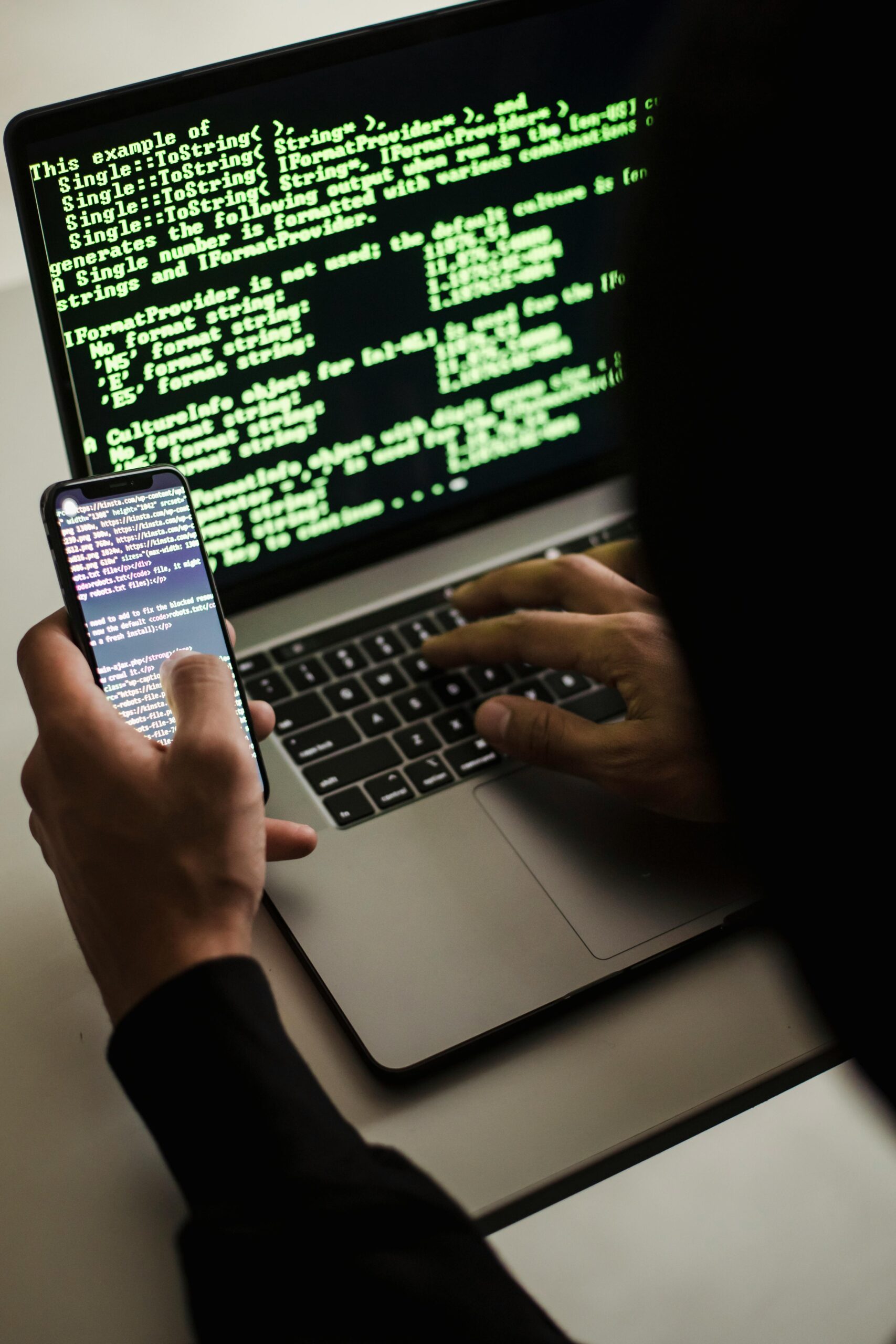
How Can You Protect Yourself from Debit and Credit Card Fraud?
Card fraud continues to be a significant concern for consumers. With digital transactions becoming the norm, ensuring your financial security has never been more critical. Here are straightforward strategies to safeguard your financial well-being against card fraud.
Q: What are the common warning signs of card fraud?
Look for unfamiliar charges on your bank statements. Regularly monitor your transactions and immediate notifications late or unusual spending activity. Unexpected account changes may also signal a problem. Set up account alerts through your bank. This provides real-time updates on transactions, giving you the chance to quickly identify unauthorized use. Know your bank’s typical communications. Be cautious of unsolicited calls or emails requesting personal information, as these often indicate phishing attempts. Trust your instincts; if a message feels off, verify it.
Q: What steps should I take if I suspect fraud?
Act quickly if you notice suspicious activity. Contact your bank or credit card issuer immediately to report the issue. They can freeze or cancel your card to prevent further unauthorized charges. Document all communications with your bank for reference. File a report with credit bureaus. This also creates a record, helpful if future fraud occurs. Replace compromised cards promptly and consider reviewing your credit reports for any other unexplained entries. If identity theft is suspected, consider placing a fraud alert with credit bureaus. This extra level of alert measures limits access to your credit information.
Q: How can I prevent card fraud from happening in the first place?
Proactive measures are key. Use strong, unique passwords for online banking and financial services. Consider enabling two-factor authentication for an extra security layer. Keep your card information offline as much as possible. Avoid sharing card numbers unless absolutely necessary, especially over the phone or email. Ensure that your website transactions occur only on secure and trusted sites. Look for the “https” at the start of the URL before entering payment information. Regularly check the devices you use for online banking. Update software and antivirus programs to protect against malware. Additionally, remain aware of your surroundings when using ATMs or point-of-sale systems. Always cover the keypad when entering your PIN, and remove your card promptly after the transaction to avoid leaving it behind.
Taking these preventive steps enhances your chances against card fraud. Remaining vigilant protects your financial health and ensures peace of mind in today’s increasingly digital world.
Protecting yourself from debit and credit card fraud requires continuous vigilance and informed strategies. For a deeper understanding of personal security measures and financial best practices, visit your next set of insights at financial advice columns.
image source: Sora Shimazaki





